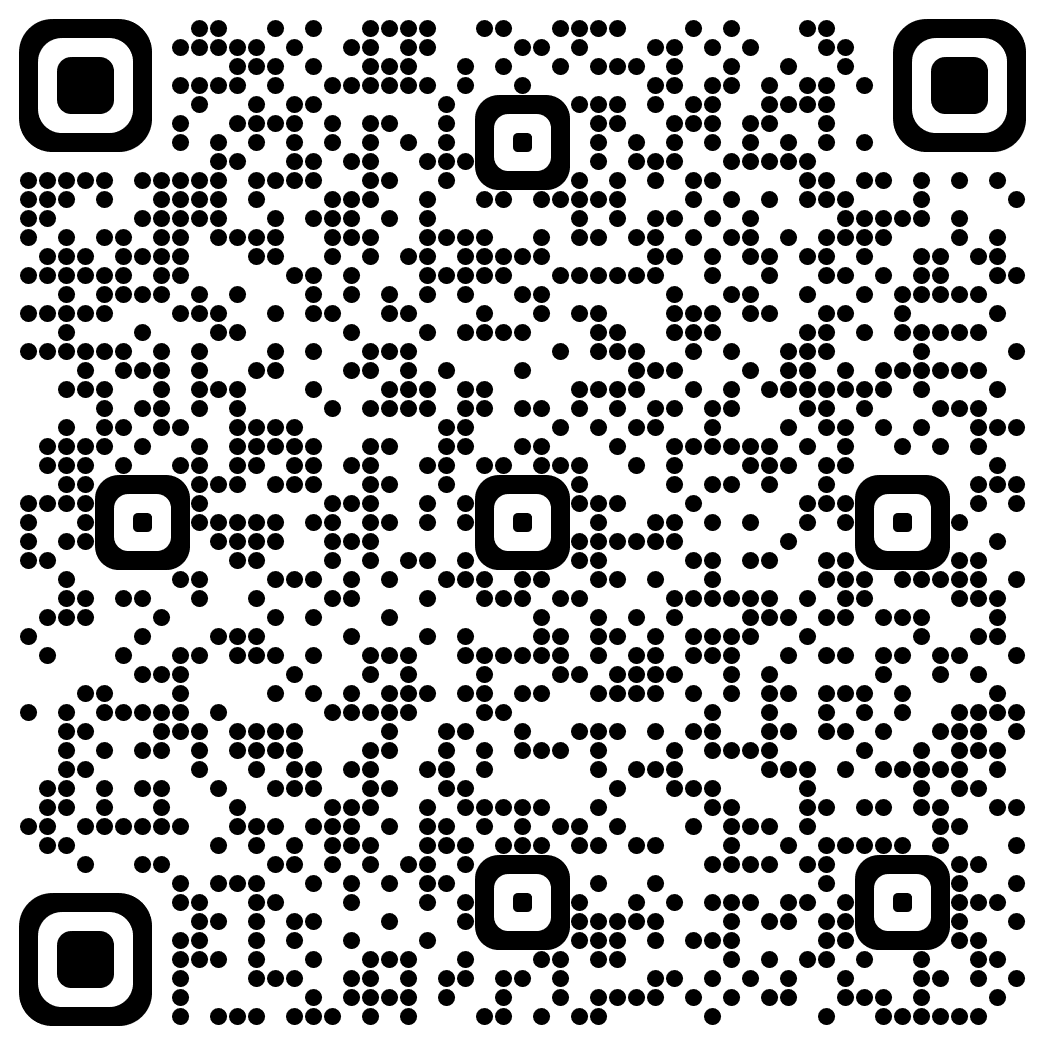
Sympathy and empathy share a borderline difference. While both of them mean understanding other person’s feelings, sympathy is half as useful as empathy. Sympathy simply means showing pity or sorrow for someone else whereas empathy allows you to understand and share feelings of others.
There was a person who struggled in his life to climb the stairs of success. He started from scratch and built his own empire. Now if he shows sympathy to the young strugglers, he would share his story and project that he is lucky enough to have passed all the hurdles. While if he shows empathy, he would realize the hurdles others are facing and try to initiate certain things, maybe open an institute or provide free training or create job vacancies to aid and support persons like him.
While both of them are useful tools, people feel emotionally more connected when shown empathy. Expressing sympathy may create a divide between you and the other person. In some cases advice is an enemy of empathy as you would want to stay in their world and not simply make yourself feel better by showing how lucky you are.
Why empathy is important in education?
Don’t we all want to know someone else who has been at the place where we are? Feeling
understood and supported helps students stay motivated, increase self-awareness and encourages them to advocate for themselves. A student who knows his teacher understands him (and his challenges) is a more available learner. Empathy is a powerful tool that can help an educator better understand what’s driving his students’ behavior and find strategies to help them. An educator can practice perspective thinking, putting aside judgment, trying to understand the student’s feelings and communicating to integrate empathy in the classroom.
Nivedita Dutta
PRT English







